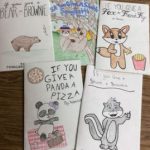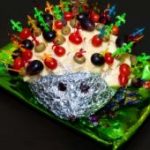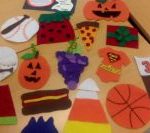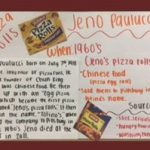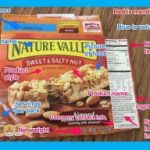
One of the first apps we were introduced to when our school went 1:1 was SKITCH. I liked the labeling abilities of this app directly on images and thought it would be a great addition to my junior high lessons. So, I developed this activity around mandatory and voluntary label information that allows students to practice applying the information from their notes directly onto a photo label, showing me they understand the concept. This activity also allowed me to go more paperless as this lesson only uses a half-sheet of paper per student. So, if you’ve never tried this app, here’s an opportunity for you to do so!

